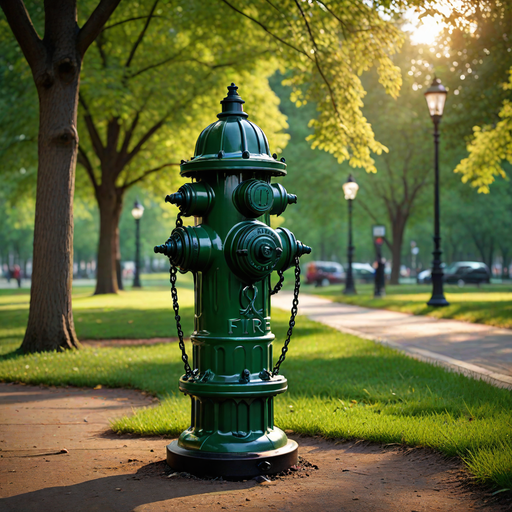

Fire hydrants are an essential element of fire protection and fire suppression systems. They are used widely in both urban and suburban areas to provide firefighters with easy and quick access to water. Fire hydrants come in different types, and each type has its unique advantages. Here, we will discuss the four main types of fire hydrants and their benefits.
1. Dry Barrel Hydrants
Dry barrel hydrants are among the most commonly used types of fire hydrants. They are used in areas with a cold climate, where the water in the hydrant can freeze, causing damage to the system. Dry barrel hydrants are also used in places with sandy soil, where the water can penetrate the water system and contaminate the water supply.
The primary advantage of dry barrel hydrants is that they are freeze-proof. They have a drain valve, which makes it possible to remove all water from the barrel, preventing any water from freezing and damaging the system. In areas with sandy soil, dry barrel hydrants keep the water clean and protect the water supply from contamination.
2. Wet Barrel Hydrants
Wet barrel hydrants are used in regions with a warm climate, where the water in the hydrant is unlikely to freeze. They are the most common type of hydrant and are used worldwide.
One of the main advantages of wet barrel hydrants is that they can supply water with a high flow rate. They are also easy to operate, with just a simple turn of the valve to activate.
3. Pillar Hydrants
Pillar hydrants are used extensively in rural areas, where water supply may be limited. These hydrants are typically smaller in size and do not have a hose connection. Instead, they have a brace which provides a way to connect a water source. They are especially useful in areas where a fire truck cannot easily access.
The advantage of pillar hydrants is that they can be installed almost anywhere, with no need for a water supply network. They are also lightweight and easy to transport, making them an excellent choice for emergencies in remote areas.
4. High-Rise Building Hydrants
High-rise building hydrants are specific hydrants designed to serve tall buildings. They are located on every floor of the building, and the water supply comes from the building’s water tanks. High-rise hydrants have a high flow rate and pressure and are essential in providing water to reach the upper floors of tall buildings.
The primary benefit of these hydrants is that they provide quick access to water for firefighters to use during emergencies in tall buildings.
In conclusion, understanding the types of fire hydrants available is critical to ensuring effective fire protection and suppression systems. Each type of hydrant has its unique advantages, which we have discussed above. Dry barrel hydrants are freeze-proof, wet barrel hydrants provide high flow rates, pillar hydrants are versatile, and high-rise building hydrants are essential for tall buildings. Contacting a professional fire protection company will ensure the right hydrant is selected for any given situation.
Fire Hydrant System Components
The anatomy of fire hydrant parts in a system includes several components that work together to make it effective for firefighting. Here’s a breakdown:
Block Plan: A layout that shows the hydrant’s location and the overall plumbing diagram for the fire hydrant system.
Hydrant: The hydrant is a metal fixture installed at various points, connected to a robust water supply.
Water Supply & Storage: For a fire hydrant to be effective, sufficient water supply and storage are crucial. Water supply sources include town water mains, tanks, and even dams.
Fire Hose: Connected to the hydrant, the fire hose directs water to the fire. It comes with different nozzles and branch pipes for varying water flow rates.
Piping & Valves: These control the water flow and include components such as hydrant valves, control valves, and coupling.
Fire Brigade Booster & Booster Pumpsets: The fire brigade booster amplifies water pressure, and booster pump sets ensure that water reaches all areas where it’s needed.
All these components, from the control valve to fire pumps and landing valves, must be in perfect working condition to ensure the effectiveness of the fire hydrant system in buildings.
